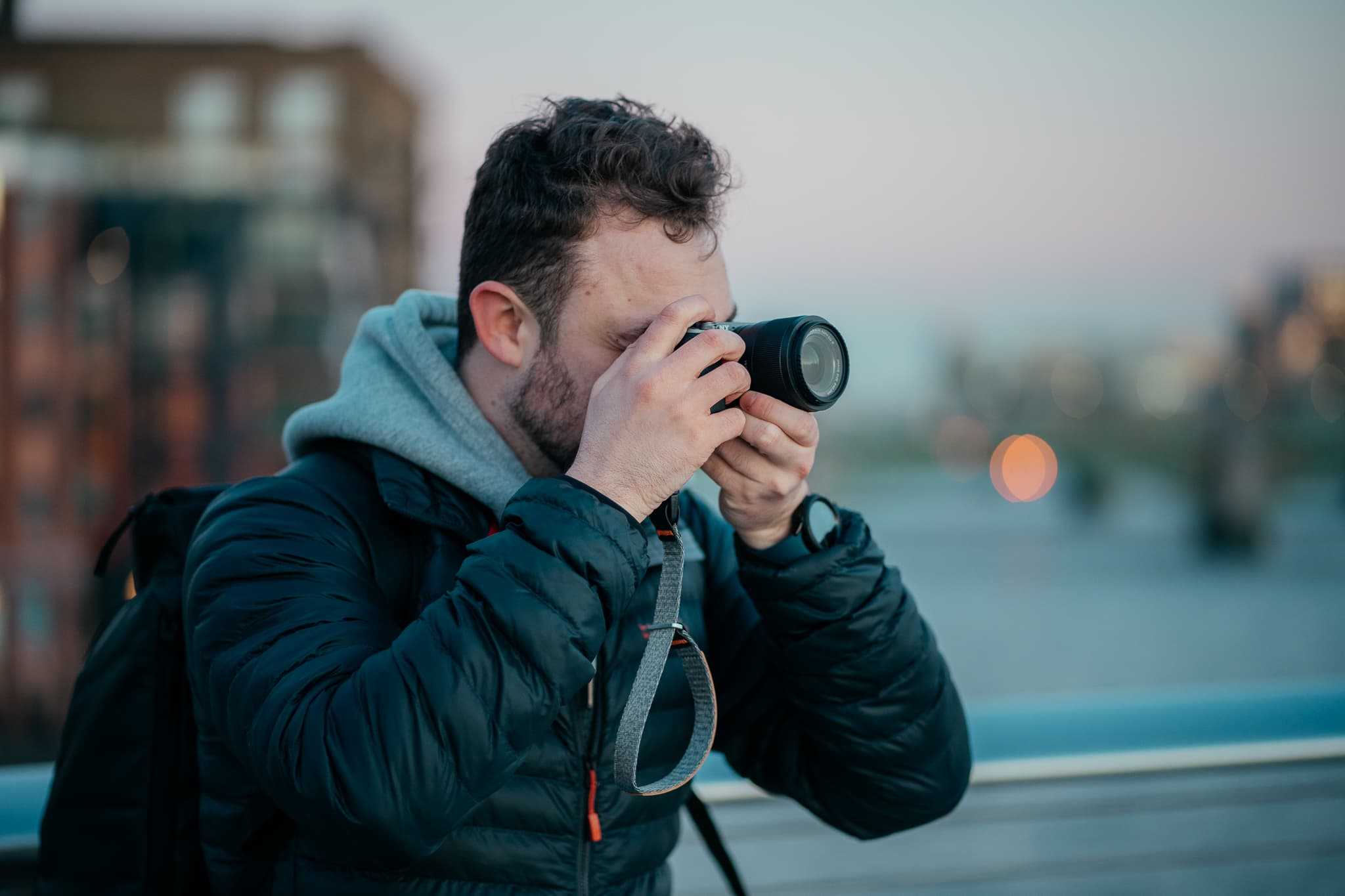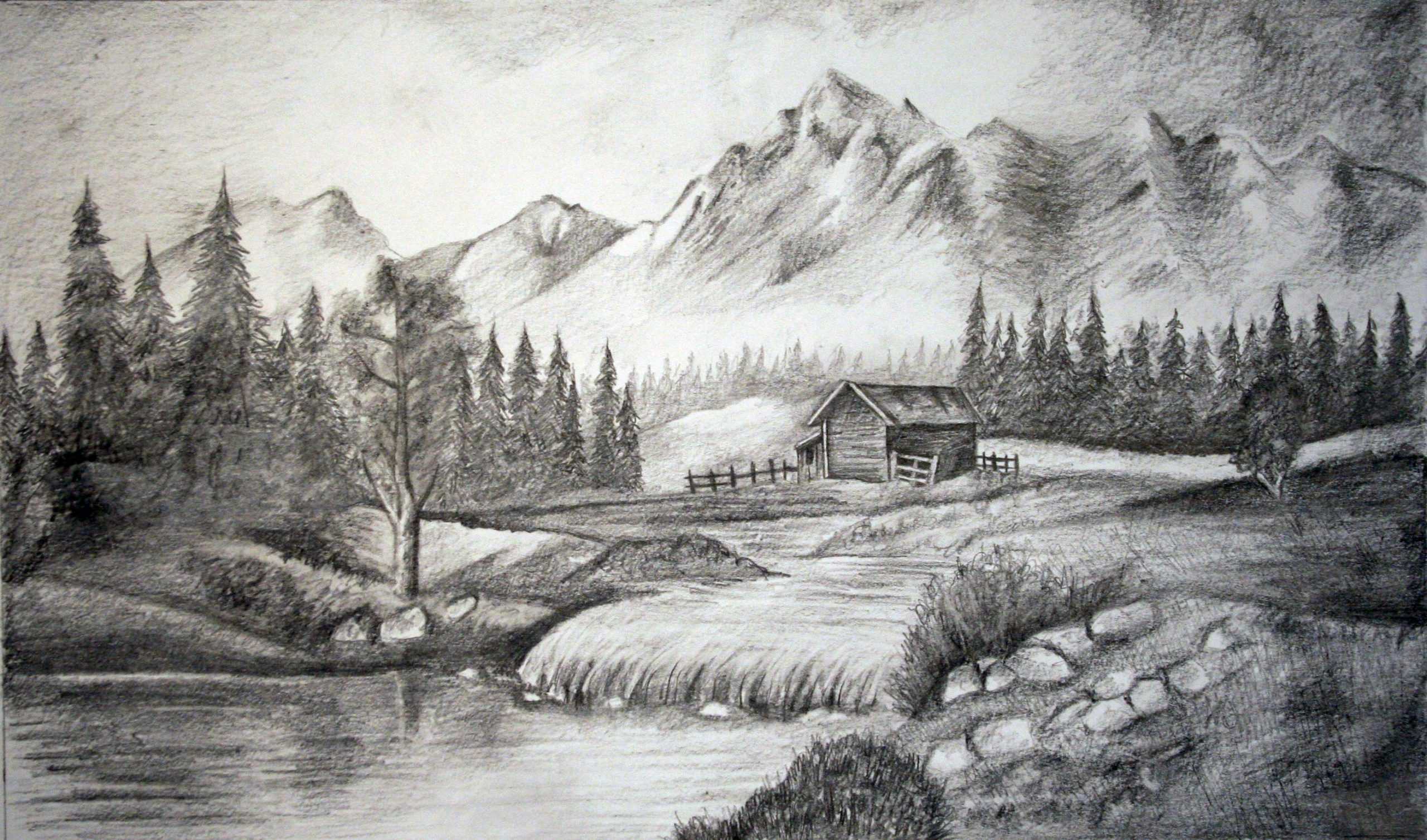Table of Contents
- Exploring the Art of Landscape Drawing Techniques for Beginners
- Capturing Natures Beauty: Choosing the Right Medium for Your Landscape Drawings
- Tips for Enhancing Depth and Perspective in Landscape Illustrations
- Inspiring Landscape Drawing Ideas for Your Creative Journey
- Q&A
- Concluding Remarks
Exploring the Art of Landscape Drawing Techniques for Beginners
When starting your journey into landscape drawing, mastering essential techniques is key to capturing the beauty of nature on paper. One of the foundational techniques is sketching basic shapes. Begin with simple geometric shapes to outline your scene. Focus on the major elements like mountains, trees, and water, using light strokes to map out their placement. This initial step will give you a clear framework upon which to build your detailed landscape.
The next step involves understanding perspective. Landscape drawings can become lifelike when you incorporate one-point or two-point perspective. For instance, when depicting a straight road or river leading toward the horizon, use one-point perspective by converging all lines toward a single point. In contrast, two-point perspective allows for more dynamic scenes, particularly with buildings or mountainous environments. Experiment with both to see which aligns with your artistic vision.
Texture plays a crucial role in enhancing your landscape’s depth and realism. Techniques such as hatching and cross-hatching can help you convey different surfaces. For instance:
- Hatching: Use parallel lines to depict grassy areas or shadowed spots.
- Cross-hatching: Layer lines at varying angles to create darker areas, such as tree trunks or rocky surfaces.
while choosing your color palette, it’s essential to consider the mood you want to evoke. Nature offers a spectrum of hues, and using complementary colors can create harmony within your piece. If you are working with colored pencils, watercolors, or pastels, try creating a color wheel to identify which combinations resonate best. Don’t shy away from experimenting; often, unexpected color pairings will breathe new life into your landscapes and make them truly unique.


Capturing Natures Beauty: Choosing the Right Medium for Your Landscape Drawings
Choosing the right medium for landscape drawings is crucial in translating the beauty of nature onto your canvas or sketchpad. Traditional mediums such as pencil, charcoal, and ink offer classic approaches that emphasize detail and texture. Each of these allows for intricate line work and shading that can portray the subtleties of light playing across hills or the delicate patterns in foliage. Charcoal, in particular, can create dramatic contrasts, enhancing the allure of shadowed areas in your scenes.
In contrast, watercolor and pastels introduce a different dynamic to landscape art. Watercolors allow artists to achieve flowing, translucent effects that mimic the soft gradients found in nature, while pastels provide vibrant, rich colors that can capture the essence of sunsets or flower-filled meadows. Artists often blend these mediums for a mixed-media approach, bringing together the precise detail of drawing with the spontaneity of paint.
Digital mediums are also gaining popularity among landscape artists, offering flexibility and versatility. Using software like Adobe Photoshop or Procreate, artists can experiment without the limitations of physical materials. The ability to easily edit colors and layers allows for exploration of various styles, from hyper-realistic representations to abstract interpretations. Moreover, digital drawing tools often come with features that mimic traditional mediums, providing artists with the best of both worlds.
| Medium | Best Uses | Characteristics |
|---|---|---|
| Pencil | Details and textures | Precision, shading |
| Charcoal | Contrast and depth | Bold tones, smooth blending |
| Watercolor | Translucency and softness | Fluidity, vibrant washes |
| Digital | Experimentation and versatility | Layering, editing capabilities |


Tips for Enhancing Depth and Perspective in Landscape Illustrations
Understanding depth and perspective is crucial for creating compelling landscape illustrations. Experiment with various horizon lines to dictate how the viewer perceives the scene. A higher horizon line can imply vastness, making the foreground elements seem more intimate, while a lower horizon can create a sense of grandeur, emphasizing the sky. Additionally, observing how the elements of the landscape relate to one another in scale can help establish a clear sense of depth.
Incorporating overlapping elements is a vital technique in enhancing perspective. By layering different objects in your illustration, such as trees, mountains, and bodies of water, you can draw the viewer’s eye through the composition. Foreground elements can include larger, more detailed motifs, while background elements can be softer and less prominent. This creates a natural sense of distance, guiding the viewer’s experience of the landscape.
Utilizing atmospheric perspective is another effective method. As objects recede into the background, they often appear lighter and less saturated due to haze or atmospheric conditions. To achieve this effect in your illustrations, consider using a color gradient that transitions to lighter hues in the background. You could also experiment with the level of detail; foreground objects can be sharply defined while background objects are painted with softer edges.
Lastly, it’s important to remember that lighting can dramatically alter the perception of depth in a landscape. The direction and quality of light can create shadows and highlights that not only emphasize form but also contribute to spatial relationships. Incorporate a variety of light sources, such as sunsets or moonlit nights, and observe how they impact the overall mood and visibility of different landscape elements. Taking note of these aspects will enhance the immersive quality of your illustrations.


Inspiring Landscape Drawing Ideas for Your Creative Journey
Embarking on a landscape drawing journey opens the door to endless possibilities, allowing you to explore nature’s magnificence through your artistic lens. From sweeping mountain ranges to tranquil seascapes, every element of the environment can inspire creativity. Consider focusing on elements around you; perhaps a local park or a quiet street corner that showcases the dynamics of urban living intertwined with nature. Sketching these familiar scenes can bring a personal touch to your portfolio.
Another avenue to explore is seasonal changes. Each season transforms landscapes in unique ways. Think of the vibrant hues of autumn leaves, the lush greens of a summer meadow, or the stark beauty of a winter wonderland. Capturing these changes not only tests your skills with color and texture but also tells a story about time and transformation. Each season offers a fresh canvas to interpret, making your artwork reflective of personal experiences through nature.
For a bit of adventure, venture into fantastical landscapes. Ignite your imagination by blending reality with elements of fantasy. Imagine towering cliffs with cascading waterfalls or lush forests inhabited by mythical creatures. This is an opportunity to break the norms of traditional landscape drawing, allowing for creative freedom that extends beyond the physical world. Use various mediums like watercolor for ethereal effects, or charcoal for dramatic contrasts, enhancing the otherworldly feel of your scenes.
Lastly, consider the influence of light and shadow in your drawings. Experiment with how different times of the day can alter the perception of a landscape. Morning light may cast gentle shadows with a warming glow, while the harsh midday sun sharpens outlines and creates stark contrasts. Play with dusk or dawn scenarios to capture the ephemeral beauty of twilight colors. Understanding this dynamic can deepen your appreciation for the environment and enhance your skills as an artist.
Q&A
Q&A on Landscape Drawings
What are landscape drawings?
Landscape drawings are artistic representations of natural scenery. They often depict elements such as mountains, trees, rivers, fields, and skies, capturing the beauty and essence of various environments. Artists use different techniques and media, from pencil and ink to watercolor and pastel, to convey the mood and atmosphere of the landscapes.How can I get started with landscape drawing?
To begin your journey into landscape drawing, start by observing your surroundings. Take a sketchbook and visit local parks or natural sites to practice. Focus on composing the scene, paying attention to perspective, light, and shadow. You might also consider using photographs as references while you become familiar with drawing outdoors.What materials do I need for landscape drawing?
The materials for landscape drawing can vary depending on your preferred medium. Basic supplies include:- Pencils for sketching (ranging from hard to soft leads)
- Erasers to correct mistakes
- Markers or ink pens for outlines or detailing
- Watercolor paints or colored pencils for adding color
- Sketchbooks or high-quality paper suitable for your chosen medium
Do I need advanced skills to create landscape drawings?
While having advanced skills can enhance your artwork, the beauty of landscape drawing lies in personal expression. Beginners can create compelling landscapes by focusing on basic shapes, proportions, and color choices. Over time, practice and study of techniques will naturally lead to improvement and confidence in your abilities.What are some common techniques used in landscape drawing?
There are several techniques that artists utilize in landscape drawings:- Hatching and cross-hatching: This technique involves creating parallel lines to indicate shading and texture.
- Blending: Using tools like blending stumps or fingers can help smooth out pencil or charcoal for softer transitions.
- Layering: In color mediums, building layers gradually will create depth and richness in your landscape.
- Perspective techniques: Understanding one-point or two-point perspective can help depict depth in your scenes effectively.
How can I make my landscape drawings more dynamic?
To create more dynamic landscape drawings, consider incorporating the following tips:- Varying textures: Use different techniques to represent various elements, such as rough textures for rocks and smooth strokes for water.
- Lighting: Experiment with how light affects the landscape; dramatic lighting can add depth and interest.
- Composition: Apply the rule of thirds or leading lines to guide viewers’ eyes through the artwork.
- Incorporate elements: Adding figures, animals, or structures can create a sense of scale and enhance the narrative of your piece.
Where can I find inspiration for landscape drawings?
Inspiration for landscape drawings can be found everywhere! Try these sources:- Nature: Plan outdoor excursions, or take nature walks to observe different landscapes and environments.
- Photography: Explore nature photography online, in books, or even your own collection.
- Art: Visit galleries or search online for notable landscape artists to see different styles and techniques.
- Social media: Follow art accounts on platforms like Instagram or Pinterest where artists share their landscape work for fresh ideas.
How can I improve my landscape drawing skills over time?
Improving your landscape drawing skills takes time and dedication. Here are some action steps:- Practice regularly: Set aside dedicated time each week for drawing, whether from life or reference photos.
- Seek feedback: Join art communities, participate in critique sessions, or share your work with friends to gain constructive insights.
- Study different artists: Analyze the work of artists you admire to understand their techniques and approaches.
- Take classes: Consider enrolling in workshops or online courses that focus on landscape drawing to expand your knowledge and skills.
